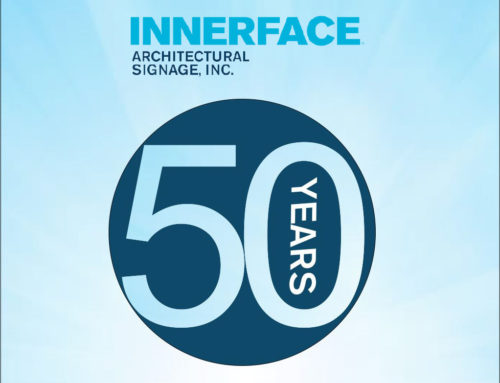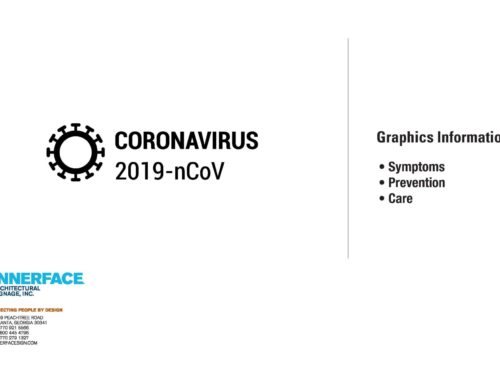There are currently 47 million seniors in this country. That number is expected to more than double in the next 20 years, to 100 million. By 2050, 1 in 9 US residents will be 65 & over.
This community will make choices about where and how they live, and those choices will have both social and financial impacts on the country. Development and community services will coalesce around these centers, and a different mix of resources will become relevant as adjacency, so the residents will have access to what they need. They won’t look for employment, but they will look for engagement. They will seek travel opportunities, and will eventually need to stay close to home. They will have guests and holiday visitors, and will look to keep them entertained. This translates to a community that
can serve a wide variety of needs through periods of transition in aging.

Thanks to the baby boomer bulge, our country is rapidly aging and the senior community is expanding.
At the same time, extended healthy lifestyles and shifting cultural norms have changed the way that most of us age. We have the freedom to choose communities that support an active, engaged lifestyle. Continuing care retirement communities, or CCRC’s, are becoming more common. They deliver a residential lifestyle with options for more supportive resources within the community. Their purpose is to provide a residence that seamlessly spans the progression of aging. Master planned developments that address these needs are being developed in many urban and suburban areas, and their brand identities and wayfinding are meant to be
recognizable for the public, and discreetly supportive for the residents. Environmental graphics programs in these communities should be youthful, accessible and brand focused.

Memory care is a subset of senior care, with its own specific needs.
Alzheimer’s and dementia are growing on a scale that dwarfs the growth of the senior population. The number of people living with these conditions doubles every 5 years beyond age 65. This number is projected to nearly triple to 14 million people by 2060. The memory impaired need a care environment that is designed to be supportive. First, their space must limit their mobility, ideally without making them aware of it. At certain stages of the disease, Alzheimer’s patients tend to wander, and need to be able to walk. The path can be circular, and can include noticeable landmarks for reassurance and recognition. Portions of their space can be outdoors, to give them contact with the outside world. Their accessible routes need to be evaluated from the aspect of wayfinding sight lines, so that visual encouragement is continually incorporated. It is important to offer a sequence that is memorable and encourages saccades that stimulate memory.
Landmarking can extend to their rooms and the immediate surroundings. While overstimulation needs to be avoided, a more visually active environment can enhance cognitive functionality. Familiarity is key; room entries can become recognizable with the use of residential memory boxes that display photos of loved ones and objects that prompt a response.



Themed environments can enrich memory prompts and bring a higher level of familiarity to a residence.
Classic movies, small towns, familiar music and images of musical performers can all contribute to a collection of images that both stimulate and reassure residents. For this to be successful, the design elements need to be incorporated early in the planning process, and become integral parts of the environment.
Cognitive capacity will always be a challenge for the memory-impaired. However, thoughtful design and creative thinking can ease the challenge somewhat, and offer comfort through salience for those that need it. As the aging population grows, the demand for this kind of approach will also grow, and appropriate application of environmental graphics can assist in making more effective and attractive spaces.



